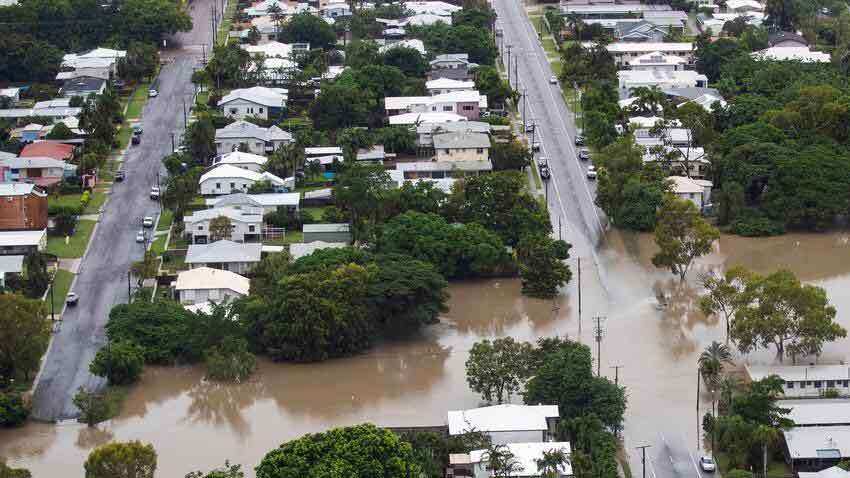The latest figures reveal insured losses have increased six per cent from last month to a record-breaking $5.134 billion
The average claim is $22,000, with personal claims averaging $17,000 and commercial claims averaging $71,000
New data, released by the Insurance Council of Australia (ICA), show more than $2 billon has already been paid to insurance customers impacted by the February-March floods that hit South-East Queensland, the Northern Rivers and other parts of New South Wales.
The latest figures reveal insured losses have increased six per cent from last month to a record-breaking $5.134 billion.
This makes this year’s flood the second costliest extreme weather event in Australia’s history, passing 1974’s Cyclone Tracy and sitting only behind 1999’s Sydney Hailstorm, which caused insured losses of $5.57 billion (normalised to 2017 values).
In dollar terms, nearly 40 per cent of the value of all claims made has been paid to customers. Of the 230,000 claims made from the event, 36 per cent are now finalised and closed.
The average claim is $22,000, with personal claims averaging $17,000 and commercial claims averaging $71,000.
The number and value of claims is evenly split between New South Wales and Queensland.
The new data comes as the CSIRO’s one-in-a-decade megatrends report reveals the cost of natural disasters is expected to triple over the next 30 years as climate change worsens.
The report echoed calls from the Insurance Council to increase Federal and State Government investment in measures to improve household and community resilience.
The Insurance Council looks forward to the release of the New South Wales Government’s independent O’Kane-Fuller Inquiry in coming days.
Andrew Hall,CEO, ICA said,“ The February and March East Coast Flood is continuing to break near 50-year records, demonstrating just how devasting this catastrophe was for so many communities.
Insurers continue to employ more people and contractors to resolve claims for impacted customers, however delays are being experienced because of a shortage of experts needed to make assessments and significant constraints on builders and building materials.
The Insurance Council looks forward to reviewing the findings of the O’Kane-Fuller Inquiry and will continue to advocate strongly for governments to increase investment in effective long-term mitigation solutions for communities at risk of flood and other extreme weather events.
The scale and impact of the increasing likelihood of further events, as detailed in the CSIRO report, make it imperative that the rebuild and reconstruction from this flood significantly improves the resilience of these communities to future extreme weather events.

